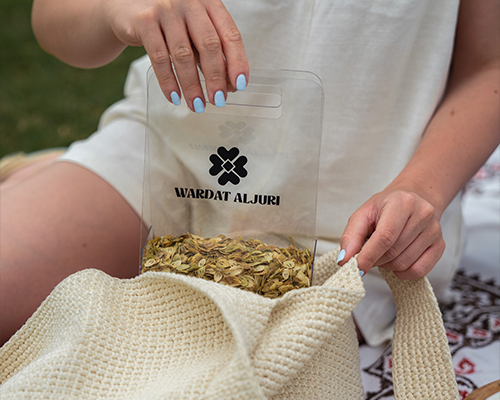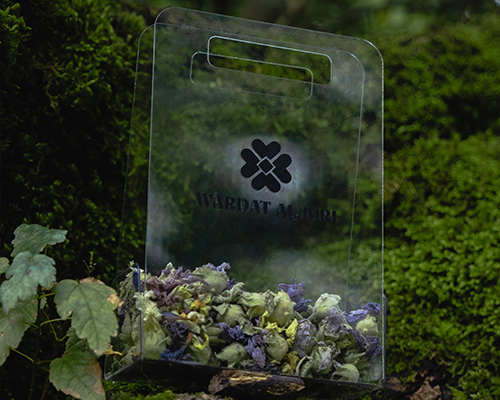Heracleum persicum, commonly known as Persian hogweed or golpar in Persian, is a perennial herb belonging to the Apiaceae family. Its scientific name, Heracleum persicum, originates from the genus Heracleum, which is named after the Greek hero Hercules, alluding to the plant’s large size and robust nature. Persian hogweed is often referred to by its common name in Iran, “golpar,” and it is widely used in traditional Persian cuisine and medicine.
In terms of application, Heracleum persicum is most commonly used as a culinary herb. The seeds, ground into powder, are used as a spice in Iranian dishes, where they impart a slightly bitter, earthy flavor to soups, stews, and pickled vegetables. The leaves and stems are also occasionally used in cooking. Beyond its culinary use, Persian hogweed has a long history in traditional medicine, where it is believed to have antimicrobial, anti-inflammatory, and digestive benefits. The plant contains compounds such as furanocoumarins, which are thought to contribute to its medicinal properties.
In terms of industry applications, Heracleum persicum is utilized primarily in the food industry for flavoring traditional Iranian dishes, particularly in the preparation of pickles and sauces. It is also gaining popularity in the natural health products sector, where it is included in herbal supplements for its potential health benefits. The cosmetic industry is beginning to explore the use of Persian hogweed for its potential in skincare, particularly for its purported anti-inflammatory properties.
Heracleum persicum is native to the mountainous regions of Iran and surrounding areas, including parts of Turkey and Iraq. The plant grows in meadows, mountain slopes, and along riverbanks in these regions. Due to its adaptability and the rising global interest in Persian cuisine, Heracleum persicum is also cultivated in various countries for culinary and medicinal purposes, though it remains primarily associated with Iran.





